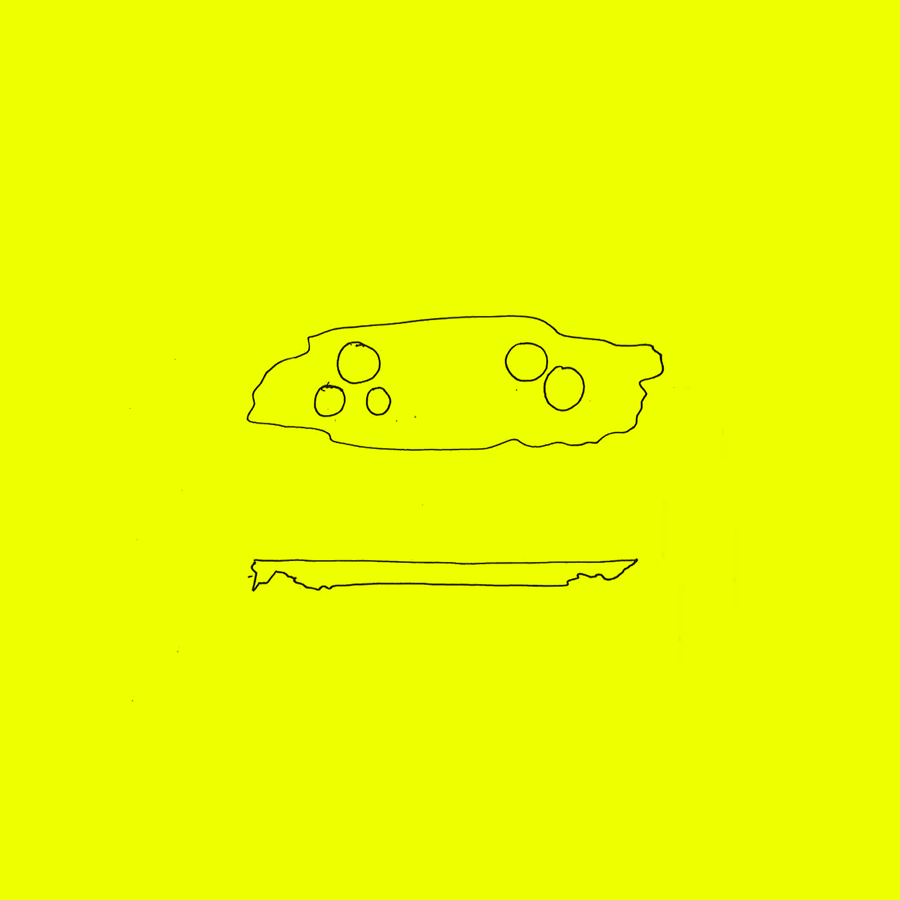

Wall, bands, closebox, open box, diagonal, dihedrals: naming as a practice to carry iterative design and post-rationalization.
Perimetral circulation along the facade to avoid the use of corridors; diagonal devices attempting to break away from familiar rectangular rooms; and the response to a central column--that quintessential fetish: snap, hide or celebrate: this a playground for architecture.

Architecture for museums has achieved such a level of sophistication than one could say that the challenge for a novel museum fundamentally is not to be found in the architecture, but instead on the management of the museum as an institution. This project provides a frame for an optimal experience of art and the civic role of a museum, while simultaneously exploring figuration and awkwardness as broader topics within the discipline.

In Between Pitched Roof and Modernist Slab—is an essay on urban morphology, architectural typology, and material culture. It challenges the framework of intervention in the World Heritage historic core of Quito where a guardian institution is proposed to set the stage for restoration and preservation in a centenary block.

Through rigorous exploration of form and order, five houses deploy a variety of spatial propositions to intertwine degrees of both seclusion and engagement with the landscape. Once unapologetically autonomous, non-referential and quasi-found objects, each house is distinctly human and specific to its natural location.

Understated Tectonics: A Frugal Palace results from the intersection of visual and spatial quotations of Renaissance Italian palaces, the deep floor plate of the urban American block, and the economy of means that provide the grid, the enfilade, the stud-wall, and the prefabricated concrete structure. The project proposes a range of quasi-public areas, offices, co-working spaces, and residential units for the urban tech-workers of the city centre of Seattle.

Design and edition of the book-catalogue for Bauhaus 101, a year-long multidisciplinary art and design festival that was held in Cordoba to commemorate the 101 anniversary of the Bauhaus. Drawing from the rich artistic heritage of Cordoba and infusing contemporary sensibility, the festival brought together the disciplines of dance, music, theatre, art, and graphic design. With more than two hundred full-colour images, the catalogue compiles and overhauls the work and records of the festival, and altogether showcases the full vision and potential of such a novel and collective endeavour in the city.
In 2016 Cartha magazine developed a cycle dedicated to the topic The Form of Form in three instalments, from which the issue Lisboa Paralela was the closing chapter. The meaning and value of form in architecture and urbanism and the role that pedagogy, history, and cultural speculation can play in its production were the central thems of this cycle. Two exhibitions were held at Mae d’Agua das Amoreiras during October and December 2016.
Cartha is an international editorial project on critical thinking around architecture and society. It operates through an online magazine, printed books, and events. Since its foundation, Cartha has participated in multiple initiatives and events across Europe and the United States, including the 2016 Lisbon Architecture Triennale, the 15th International Architecture Exhibition La Biennale di Venezia (2016) and the 2018 Future Architecture Platform.

CARTHA on Šibenik: postcards to be told is a collection of images and captions that aims to re-inform and reinforce the identity of Šibenik. The collection aspires to reveal alternative narratives for the city and contribute to a collective construction of its present and future imagery. It was developed in collaboration with the Šibenik Society of Architects for Publishing Acts II Future Architecture Platform 2018.

What happens when mixing and post rationalising ideas on cakes, movement, acceleration and faux materials?
Piece based on a text by José Selgas and Lucía Cano. Concept and idea: Francisco Ramos. Production: Danielle Kemble, Melodie Sánchez. Video editing: Dylan Bachar

David meets David inquires notions of domesticity, performance and queerness. Through this installation, the Glass House by Philip Johnson is turned into a still life where furniture and objects reveal their spatial agency and offer new juxtapositions of situations and meanings.

